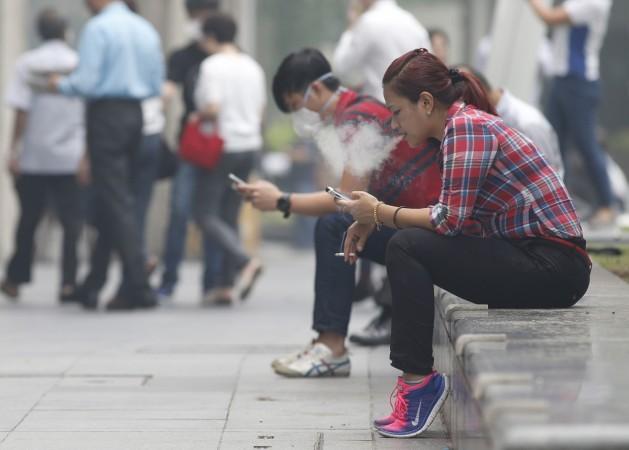
In a newly-released study, the World Health Organisation (WHO) has estimated the adverse impact of cigarette smoking at about $1 trillion every year globally. This comes even as Russia is mulling a complete ban on cigarette sale to those Russians born after 2015.
"...the tobacco industry and the deadly impact of its products cost the world's economies more than US$ 1 trillion annually in healthcare expenditures and lost productivity, according to findings published in 'The economics of tobacco and tobacco control'", the WHO said, on Tuesday, releasing the summary of the study.
Also, around 6 million people die every day as a result of tobacco use, most of them living in developing countries, according to the study jointly conducted by the WHO and the National Cancer Institute of the United States of America.
"The tobacco industry produces and markets products that kill millions of people prematurely, rob households of finances that could have been used for food and education, and impose immense healthcare costs on families, communities and countries," Dr Oleg Chestnov, WHO's Assistant Director-General for Noncommunicable Diseases (NCDs) and mental health, said in the statement.
The joint study estimated the number of smokers globally at about 1.1 billion, with almost 80 percent of them living in low and middle-income countries.
To combat the menace worldwide, the WHO said if excise duties on cigarettes are raised by $0.80 dollar per pack, the retail prices of the product would go up by approximately 42 percent, leading to a 9 percent fall in smoking rates.
In India, cigarette sales dropped to a 15-year-low of 88.1 billion sticks for calendar year 2015, marking a fall of 8.2 percent from 95.2 billion stocks sold in the previous year, the Mint had reported last July, citing a study by Euromonitor. India has the second-highest number of tobacco smokers in the world, at about 275 million people.
Cigarette producers in India include ITC and Godfrey Phillips.
Here are the highlights of the WHO report:
- Effective policy and programmatic interventions exist to reduce demand for tobacco products and the death, disease, and economic costs resulting from their use, but these interventions are underused.
- In 2013-2014, global tobacco excise taxes generated nearly $269 billion in government revenues. Of this, less than $1 billion was invested in tobacco control.
- Tobacco control does not harm economies: The number of jobs dependent on tobacco has been falling in most countries, largely due to technological innovation and privatisation of once state-owned manufacturing.
- Tobacco control measures will, therefore, have a modest impact on related employment, and not cause net job losses in the vast majority of countries.
- Control of illicit trade in tobacco products is the key supply-side policy to reduce tobacco use and its health and economic consequences.
- In many countries, high levels of corruption, lack of commitment to addressing illicit trade, and ineffective customs and tax administration, have an equal or greater role in driving tax evasion than do product tax and pricing.


















